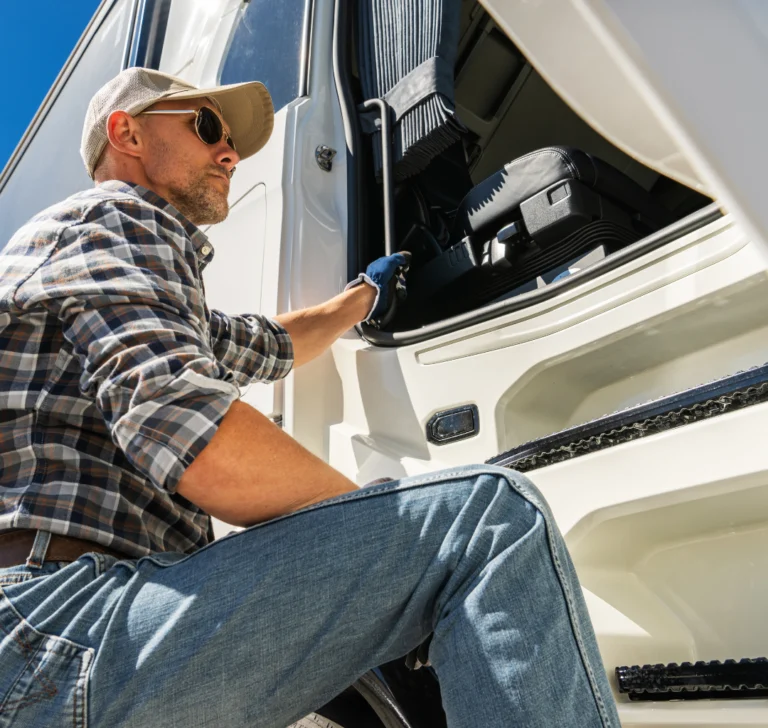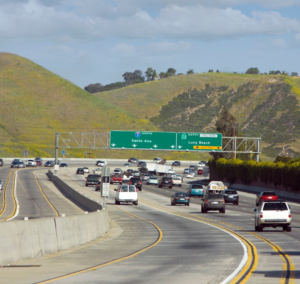A recent report from Indeed's Hiring Lab examined trends in driver jobs in the United States.
A recent report from Indeed’s Hiring Lab examined labor market trends in the U.S. transportation industry for the second quarter of 2025. The report revealed that job postings across all transportation categories declined year-over-year, leading to a reduction in driver jobs within the industry.
Daniel Culbertson, Senior Economist at Indeed Hiring Lab, noted that hiring in the transportation sector is following a trend similar to the broader labor market. Factors contributing to this slowdown include economic uncertainty, which limits growth and reduces consumer spending, as well as unclear trade policies, which have led companies to postpone hiring and long-term investments, Culbertson added. This results in lower demand for freight transportation and, consequently, a decline in industry activity.

Driver jobs down more than 5%
According to the Hiring Lab report, driver jobs on Indeed declined compared to the previous year by:
- 5.8% overall
- 13.6% in warehousing
- 8.2% in logistics support
On the other hand, the analysis also addressed wage growth in the transportation sector, which remains below the overall labor market average of 2.9%. Wages in the warehousing sector declined along with job postings, showing a year-over-year growth of 1.8%, down from 3.9% the previous year. Meanwhile, driver wages remained stable at 1%, matching the rate observed in June 2024.
Wage growth in the transportation sector shows signs of slowing, despite some gains in specialized segments. More flexible pay models, such as per-mile compensation, have grown 1.4% year-over-year and are becoming increasingly important for maintaining competitiveness, the Hiring Lab reported.
However, overall wage growth for drivers has been modest. The Hiring Lab estimates a year-over-year increase of just 1%, falling short of the national average of 2.9%.

Falling demand for drivers
Data from the American Transportation Research Institute (ATRI) shows a sharp slowdown in driver wage growth: from 15.5% in 2022 to 2.4% in 2024, according to Commercial Carrier Journal (CCJ), with expectations of even slower growth in 2025. This stagnation is attributed to a decline in driver demand, fewer long-haul transportation workers, and reduced wage pressure from competing industries.
According to ATRI and CCJ, carrier profit margins have weakened, affected by rising costs in wages, fuel, maintenance, and equipment payments. Only the LTL (less-than-truckload) sector remained slightly positive, while full truckload operations reported negative operating margins. Additionally, tariff uncertainty presents a further risk that could drive up compensation costs.

U.S. labor market raises red flags on Wall Street
The U.S. labor market closed 2025 with clear signs of weakening, as evidenced by the latest employment data released in December. In the latest episode

DOT finds half of North Carolina CDLs were issued illegally
The DOT warns that half of North Carolina’s CDL licenses are irregular after a federal audit uncovered serious compliance failures. The findings directly affect truckers, fleets, and transportation companies, raising urgent questions about road safety, legal operations, and the future of the trucking industry.

California’s Unhealthy Air: Impacts on Trucking and Freight
Unhealthy Air Quality in California: What Repeated Pollution Alerts Mean for Trucking and Freight Operations

Global Road Freight on Track to Hit USD 5 Trillion by 2033
Global Road Freight on Track to Hit USD 5 Trillion by 2033 as e-commerce growth, supply chain restructuring, and technology adoption accelerate demand for road-based cargo transport worldwide.

California misses DOT deadline risking $160 million in federal funding
The state of California has reached the deadline set by the DOT to take action regarding the situation involving the number of non-domiciled CDLs issued

Health on Wheels: How to Prevent the Most Common Conditions on the Road
Health on wheels matters for anyone who spends long hours on the road. How to prevent the most common physical and mental conditions and maintain healthier routines while working behind the wheel.
